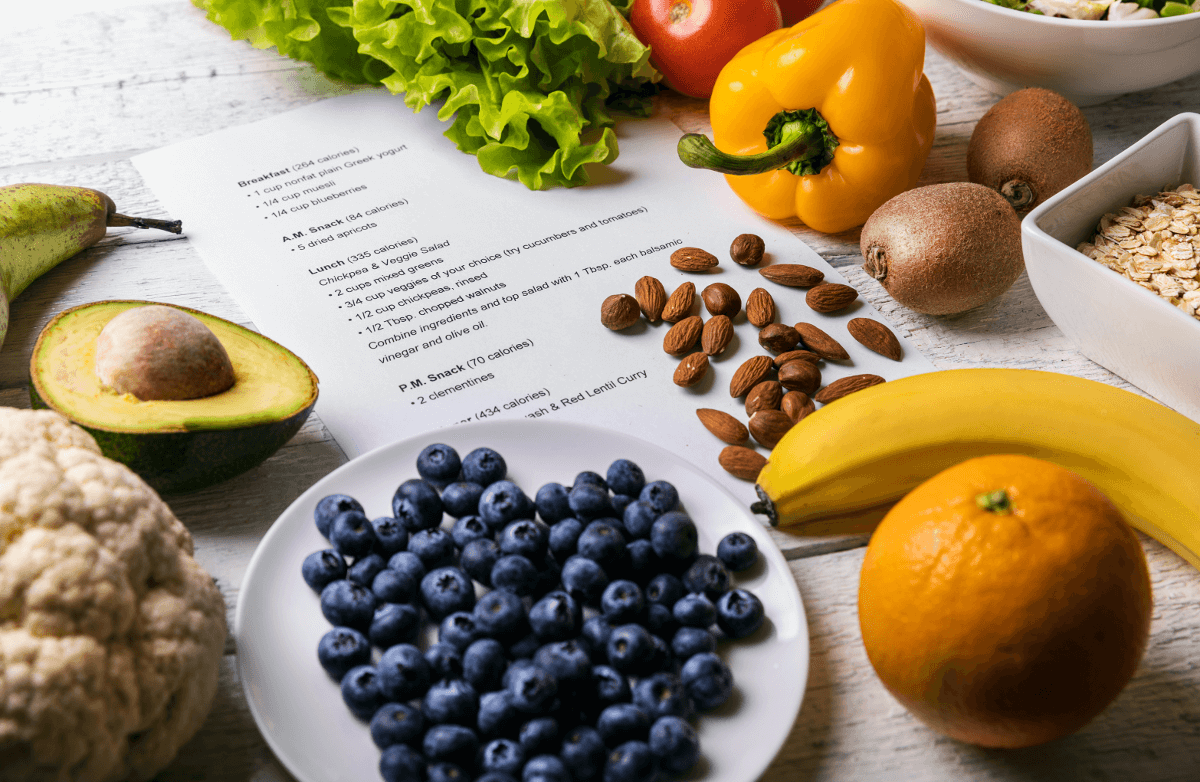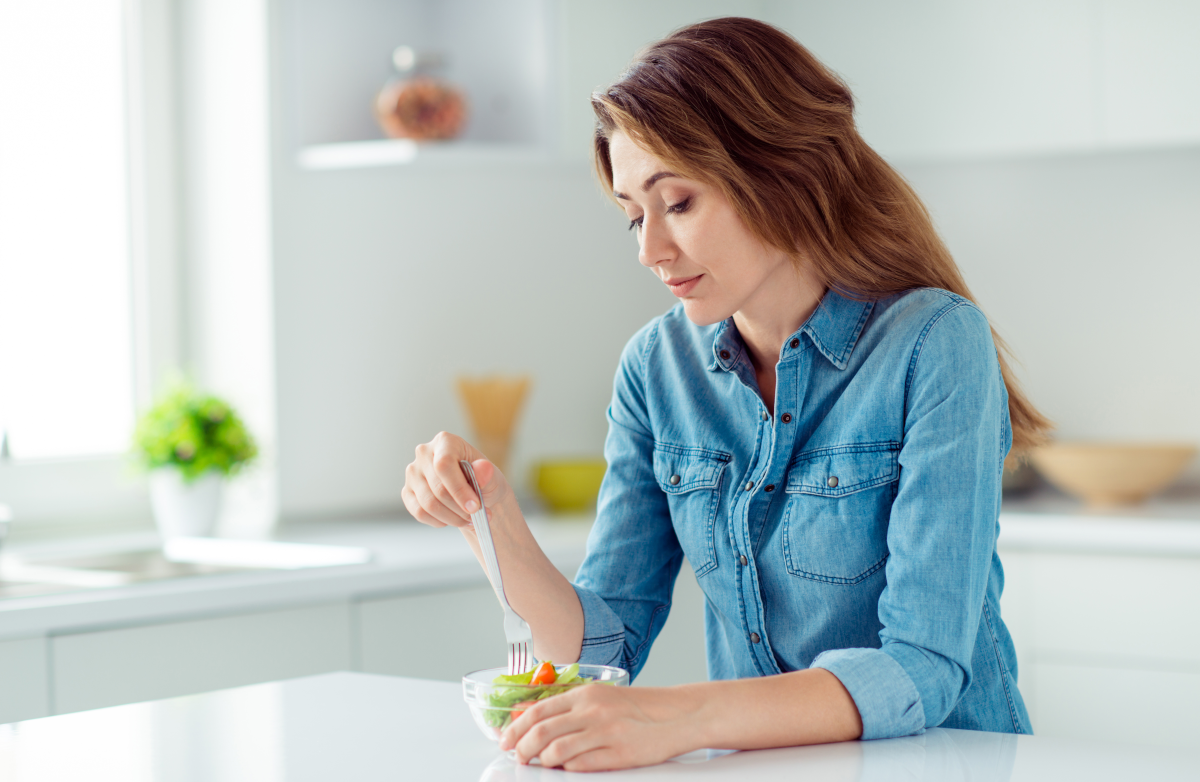One of the biggest bonuses to container gardening is that you get to skip the backbreaking work of weeding and amending soil. Container gardening can include traditional pots, window boxes, hanging baskets or little planters in a window sill. Get creative with your space and experiment with different placement options, such as on a balcony or porch, around a deck or even on a rooftop.
Gather Your Gear
Very little gear is needed for container gardening. Standard gardening tools include gloves, a trowel and a hand fork. For larger plants that require pruning, a good pair of shears or kitchen scissors are helpful. Always keep your tools clean and blades sharp for easy cutting.
Another important thing you will need is potting mix, which is available at any nursery or home improvement store. Use potting soil rather than soil from the ground, as potting soil has water retentive elements (such as peat moss or vermiculite), is free from weeds or disease and contains a balance of nutrients ideal for plants. Most potting soils are ''soil-less.'' Some are specific for seed starting or acidified for specialty plants, but many are all-purpose and are suitable for most types of containers and plants.
Pick Your Plants
Many edible plants can be grown in containers. Potted herbs are a popular choice and can be placed in a sunny window or even on a patio. Herbs are compact, so they can easily be grown in a small space. Try chives, mint, basil, parsley, rosemary, sage, thyme and more. You can even grow fruit trees in containers. Dwarf varieties of trees, such as orange, fig, apple and pear, can (with some effort) grow in large containers. These usually need to be protected or brought inside during the winter. Strawberries are another fruit easily grown in a pot; there are even special terra cotta pots with holes in them that are widely available. If vegetables are what you want, try greens such as arugula, lettuces, swiss chard and spinach. Smaller varieties of tomatoes, peas, pole beans, bush zucchini and peppers can also be grown successfully with some staking or trellis for them to climb.
Consider Location
Your first consideration for any garden project should be location: specifically, sunlight and exposure. Container-grown plants tend to dry and wilt more quickly than plants in the ground. Once you’ve identified where you intend to put your containers, observe the amount and strength of sunlight. Does the space get full afternoon sun, or dappled shade? Is the area near a wall or blacktop, which increases ambient temperature? Will your containers sit outdoors in the rain, or on a covered porch or patio?
Porches and patios might be the expected spots for container gardening, but here are some other ideas.
- Tuck large pots into your landscaping or flower bed for an instant mini vegetable garden.
- Use containers to add height and visual interest in a planting bed. For example, a tier of flowerpots overflowing with blooms can bring a desirable vertical effect to a cutting garden.
- Find unexpected spots. Set a teacup full of tiny flowers in a rock garden, for example, or tip a pot on its side and plant it like it’s spilling out into the landscape.
- Arrange a collection of container-grown herbs by your kitchen door for easy snipping. Or, plant herbs in glass canning jars and place them on a sunny windowsill.
Choose the Right Plants
If you fancy a vegetable garden, choose plants that are specifically developed for containers, like "patio" varieties of tomato, zucchini, cucumber and peppers. Match your plant selection to your location as well. Plants labeled ''full sun'' require at least six hours per day of direct sunlight. Consider the depth of the container and the plant’s root system (carrots, for example, don’t do well in standard pots, but lettuce does). If your budget allows for many plants, go ahead and pack them into the containers to create a lush, full look.
Choose Your Containers
There are numerous types of containers, each with pros and cons. On one end of the financial spectrum you have plastic containers that are light and cheap, but might not capture the aesthetic you're going for. Compare that to stone or marble, which are gorgeous and sturdy, but are as hefty in price as they are to move around the garden. You need a vessel that has enough space for the roots of your plant, proper nutrients to feed your plant and drainage holes to allow for excess moisture to flow out to prevent waterlogged roots. Additionally, consider where this container is going. For example, if you are putting it on a rooftop or in a windowsill, choose something light. Be aware that some containers such as terra cotta can retain heat quickly, so extra watering may be necessary.
And don't be afraid to get creative! Containers of various shapes, colors and sizes add visual interest to a conventional backyard landscape. Here are some fun ideas for unusual and interesting garden containers.
Reuse (upcycle) items that you’d ordinarily throw away when they’re empty or broken:
- Empty coffee cans (optionally, you can spray paint them in fun colors)
- Kiddie pool or plastic sandbox (these work great as small backyard vegetable gardens)
- Large glass or plastic jars (ask a school cafeteria or local caterer if they have extra-large food service jars)
- Plastic milk jugs or soda bottles, cut in half (you can also use half-gallon paper cartons or empty yogurt cups to start seeds for transplant)
- A note on re-using tires in the garden: Opinions are split on whether this practice is safe, with some gardeners and environmental experts saying that heavy metals in tires may leach out over time, a particular concern with vegetables.
- China cups, bowls and tureens
- Enamelware bowls and basins
- Old canning jars
- Old-fashioned washtubs
Think of the items you use to hold stuff elsewhere in your home—if you have extra bins, boxes or buckets, repurpose them in the garden. Even things like rubber rain boots your kids have outgrown make cute planters.
- Colorful plastic or galvanized metal buckets
- Large storage bins
- Wooden wine crates
- Craft paint cans
- Over-the-door shoe holders (the kind with fabric or plastic pockets)
- Guttering—mount lengths of conventional roof gutter to a wall or fence (drill drainage holes at three- or four-inch intervals); fill with soil and plant with lettuce, succulents or trailing flowers
Maximize Drainage
Over- or under-watering is the No. 1 cause of plant failure—and growing in containers exacerbates the problem. Plants must never sit in accumulated water. If you’re using alternative containers, make sure there is ample drainage. This can be a real challenge if, for example, you’re using an old enamel washbasin, glass jar or china soup tureen. If possible, drill or punch several holes in the bottom of your container. If drilling holes in the container doesn’t seem like such a good idea, place nursery pots inside the planter (instead of planting directly in it) and be sure to pour out the excess every time you water.
Use these proven techniques to properly water plants growing in containers:
- Wait for the plant to show very slight signs of wilt, then add water.
- Feel the soil—poke your finger down about an inch; if it’s dry to that depth, then water.
- Pick up the pot when it’s dry and gauge its weight; when the pot feels light, that’s a clue that it’s time to water.
- Top watering: Use a spouted watering can to apply water on the surface of the soil (not on the plant), until you see water pouring out the drainage hole at the bottom.
- Bottom watering: Set the container (or nursery pot) into a bucket or saucer of water, saturating the root system through the drainage hole.
Fertilize
Choose a balanced (10-10-10) fertilizer that you can add to your watering can. For continuous feeding to produce steady growth and bloom, mix at 1/10th the recommended rate every time you water.
Once you have your plants, location, and containers, the sky's the limit! Start out small with easy-to-grow plants and build from there. Soon, you'll have a new hobby that brings you joy as well as good health. Happy container gardening!



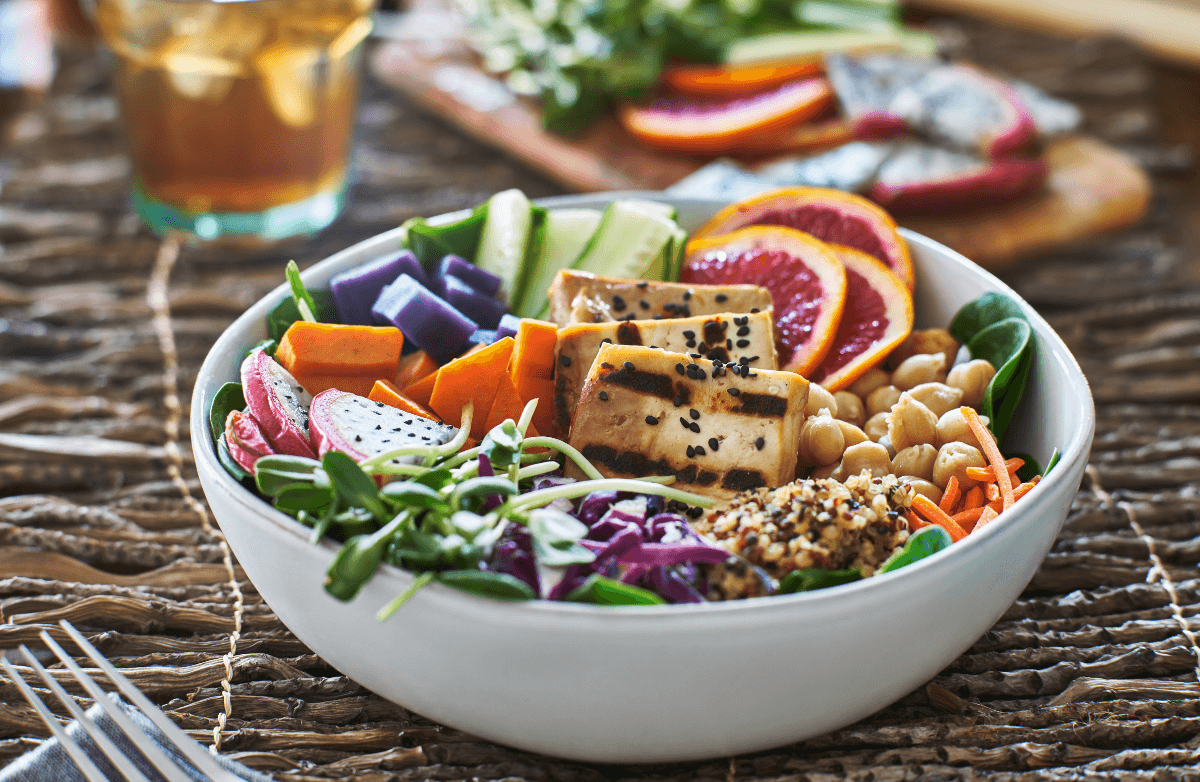
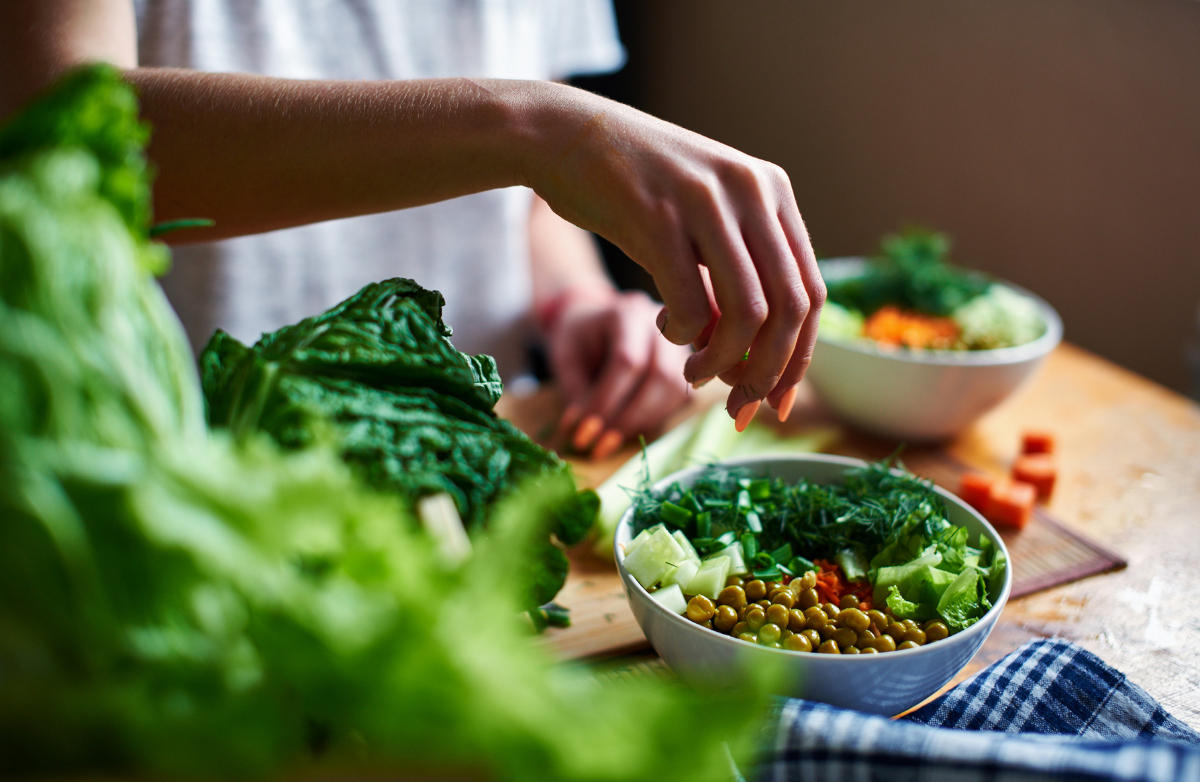
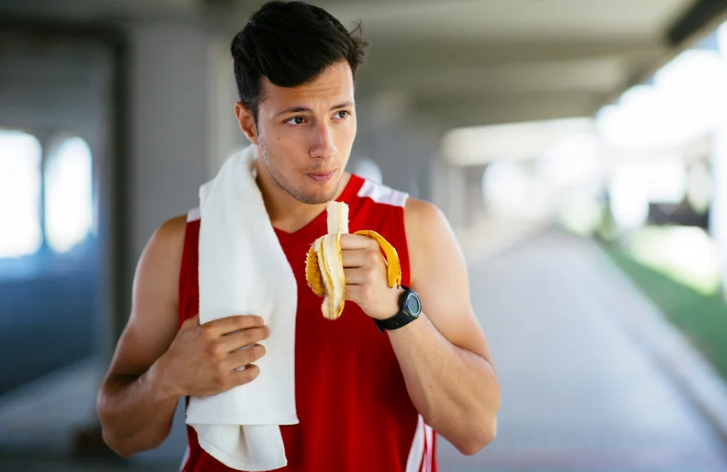
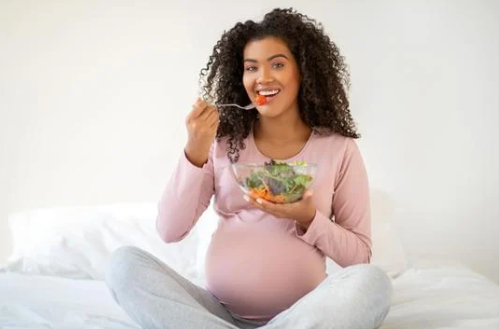
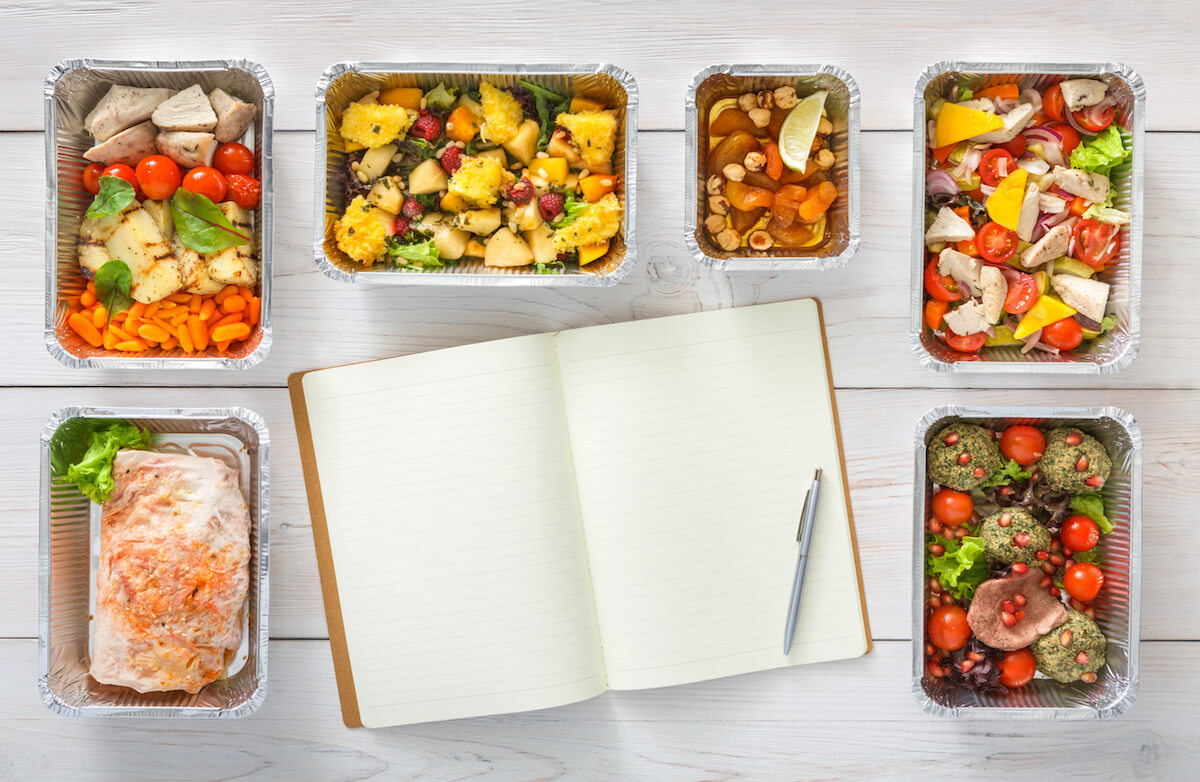
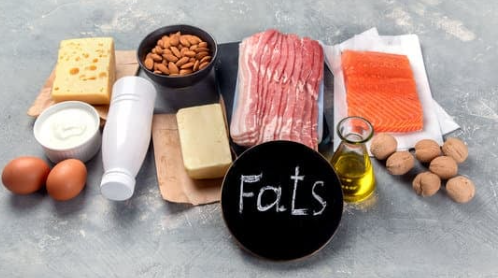
.jpg)
